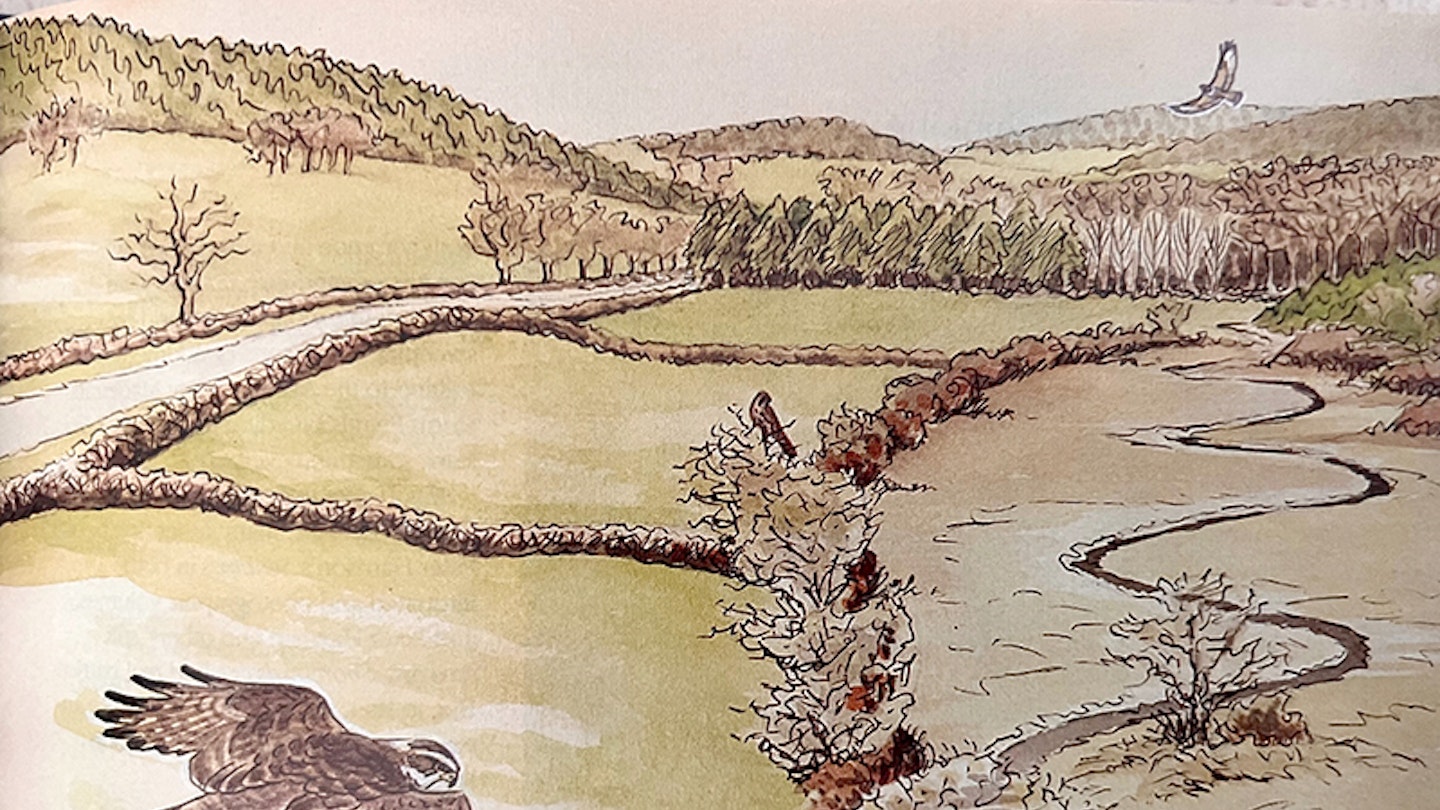May 1992
The right tools for the job
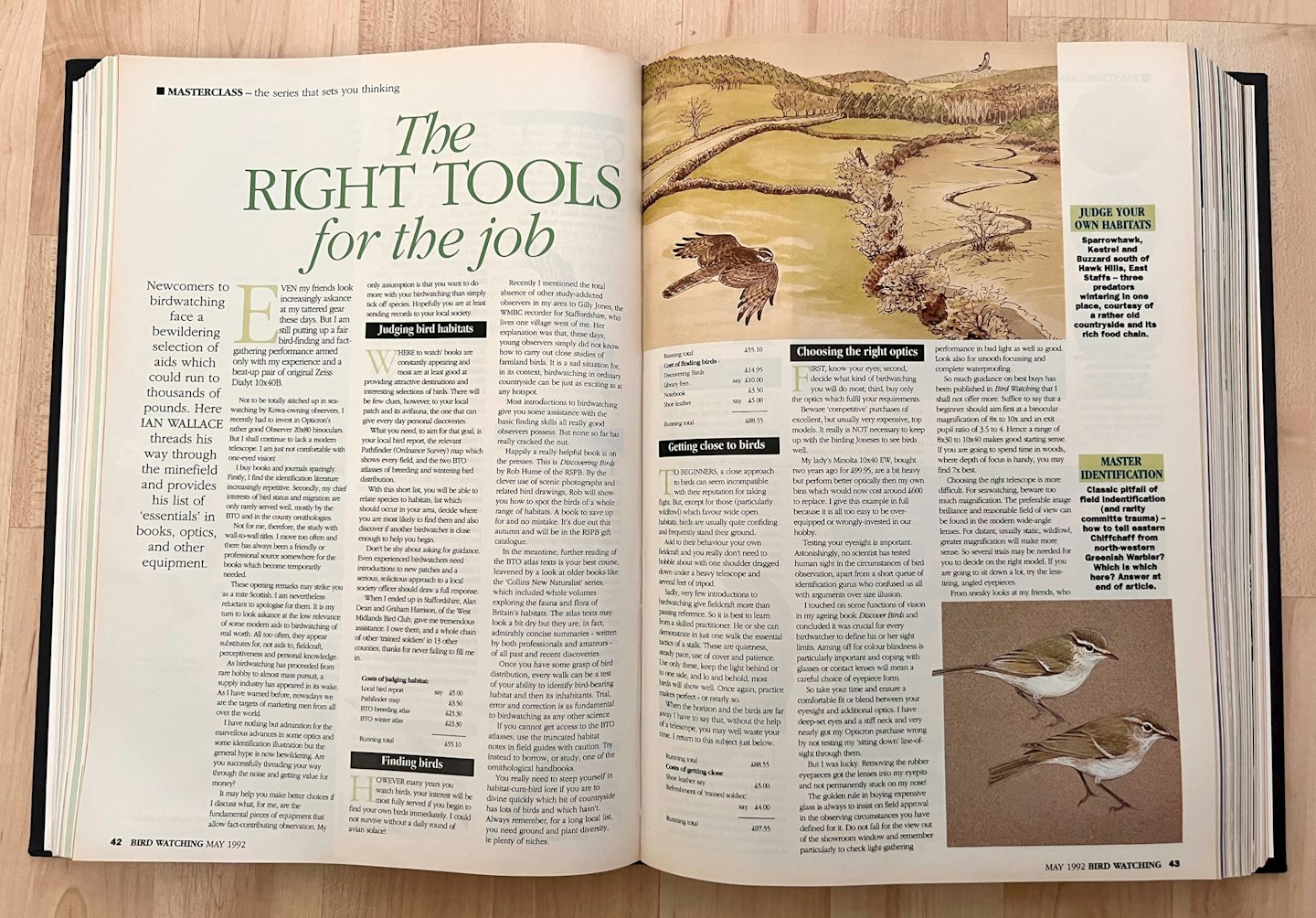
Newcomers to birdwatching face a bewildering selection of aids which could run to thousands of pounds. Here, Ian Wallace threads his way through the minefield and provides his list of ‘essentials’ in books, optics, and other equipment.
Even my friends look increasingly askance at my tattered gear these days. But I am still putting up a fair bird-finding and fact-gathering performance armed only with my experience and a beat-up pair of original Zeiss Dialyt 10x40B.
Not to be totally stitched up in seawatching by Kowa-owning observers, I recently had to invest in Opticron’s rather good Observer 20x80 binoculars.
But I shall continue to lack a modern telescope. I am just not comfortable with one-eyed vision! I buy books and journals sparingly. Firstly, I find the identification literature increasingly repetitive. Secondly, my chief interests of bird status and migration are only rarely served well, mostly by the BTO and in the county ornithologies.
Not for me, therefore, the study with wall-to-wall titles. I move too often and there has always been a friendly or professional source somewhere for the books which become temporarily needed.
These opening remarks may strike you as a mite Scottish. I am nevertheless reluctant to apologise for them. It is my turn to look askance at the low relevance of some modern aids to birdwatching of real worth. All too often, they appear substitutes for, not aids to, fieldcraft, perceptiveness and personal knowledge.
As birdwatching has proceeded from rare hobby to almost mass pursuit, a supply industry has appeared in its wake. As I have warned before, nowadays we are the targets of marketing men from all over the world. I have nothing but admiration for the marvellous advances in some optics and some identification illustration but the general hype is now bewildering. Are you successfully threading your way through the noise and getting value for money?
It may help you make better choices if I discuss what, for me, are the fundamental pieces of equipment that allow fact-contributing observation. My only assumption is that you want to do more with your birdwatching than simply tick off species. Hopefully you are at least sending records to your local society.
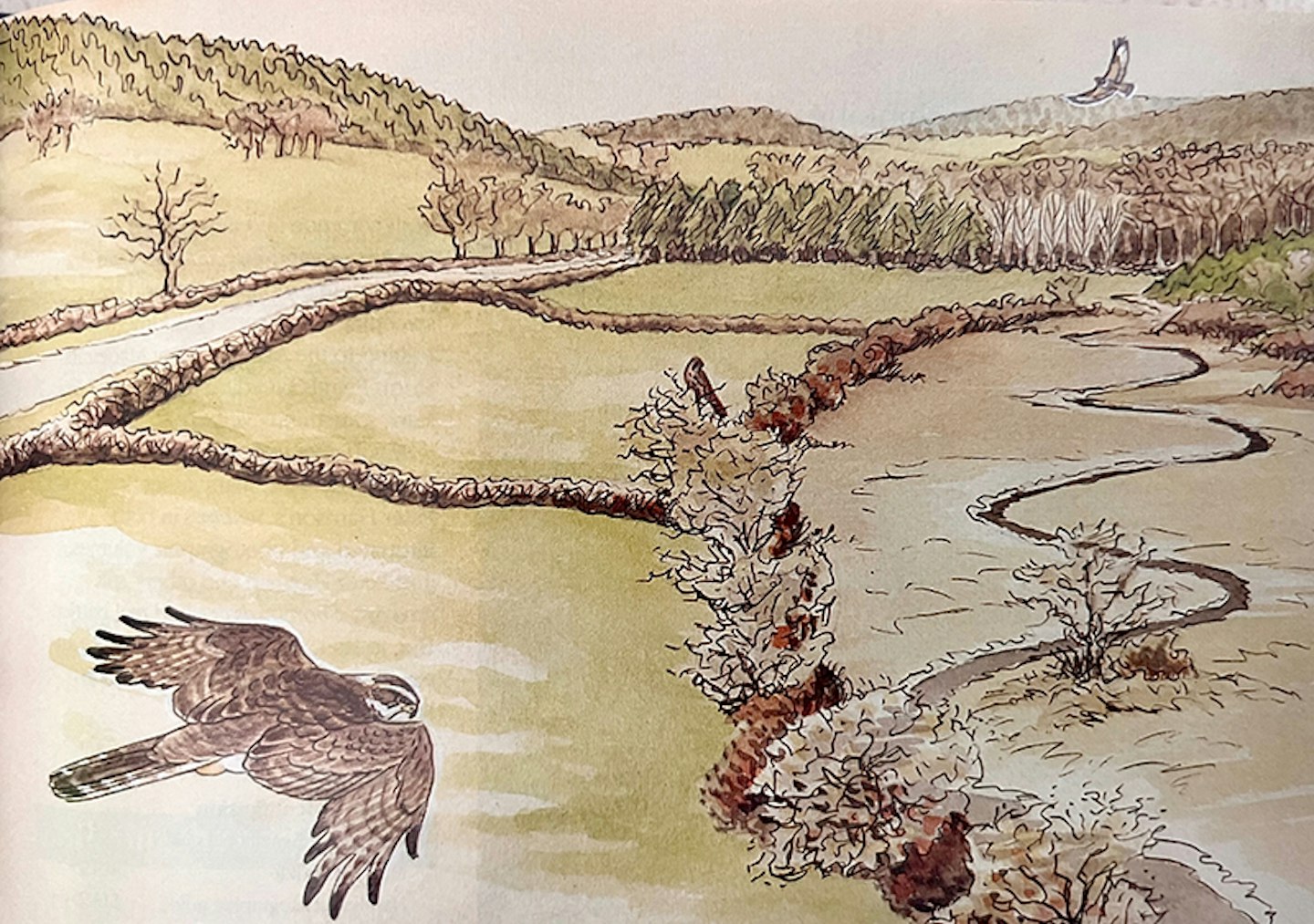
Judging bird habitats
‘Where to watch’ books are constantly appearing and most are at least good at providing attractive destinations and interesting selections of birds. There will be few clues, however, to your local patch and its avifauna, the one that can give every day personal discoveries.
What you need, to aim for that goal, is your local bird report, the relevant Pathfinder (Ordnance Survey) map which shows every field, and the two BTO atlases of breeding and wintering bird distribution.
With this short list, you will be able to relate species to habitats, list which should occur in your area, decide where you are most likely to find them and also discover if another birdwatcher is close enough to help you begin.
Don’t be shy about asking for guidance. Even experienced birdwatchers need introductions to new patches and a serious, solicitous approach to a local society officer should draw a full response. When I ended up in Staffordshire, Alan Dean and Graham Harrison, of the West Midlands Bird Club, gave me tremendous assistance. I owe them, and a whole chain of other ‘trained soldiers’ in 13 other counties, thanks for never failing to fill me in.
Costs of judging habitat [1992 prices]:
Local bird report say £5.00
Pathfinder map £3.50
BTO breeding atlas £23.30
BTO winter atlas £23.30
Running total. £55.10
Finding birds
However many years you watch birds, your interest will be most fully served if you begin to find your own birds immediately. I could not survive without a daily round of avian solace! Recently, I mentioned the total absence of other study-addicted observers in my area to Gilly Jones, the WMBC recorder for Staffordshire, who lives one village west of me. Her explanation was that, these days, young observers simply did not know how to carry out close studies of farmland birds. It is a sad situation for, in its context, birdwatching in ordinary countryside can be just as exciting as at any hotspot.
Most introductions to birdwatching give you some assistance with the basic finding skills all really good observers possess. But none so far has really cracked the nut.
Happily, a really helpful book is on the presses. This is Discovering Birds by Rob Hume of the RSPB. By the clever use of scenic photographs and related bird drawings, Rob will show you how to spot the birds of a whole range of habitats. A book to save up for and no mistake. It’s due out this autumn [1992] and will be in the RSPB gift catalogue.
In the meantime, further reading of the BTO atlas texts is your best course, leavened by a look at older books like the ‘Collins New Naturalist’ series, which included whole volumes exploring the fauna and flora of Britain’s habitats. The atlas texts may look a bit dry but they are, in fact, admirably concise summaries – written by both professionals and amateurs – of all past and recent discoveries.
Once you have some grasp of bird distribution, every walk can be a test of your ability to identify bird-bearing habitat and then its inhabitants. Trial, error and correction is as fundamental to birdwatching as any other science.
If you cannot get access to the BTO atlases, use the truncated habitat notes in field guides with caution. Try instead to borrow, or study, one of the ornithological handbooks.
You really need to steep yourself in habitat-cum-bird lore if you are to divine quickly which bit of countryside has lots of birds and which hasn’t. Always remember, for a long local list, you need ground and plant diversity, ie plenty of niches.
Running total £55.10
Cost of finding birds [1992 prices]
Discovering Birds £14.95
Library fees say £10.00
Notebook £3.50
Shoe leather say £5.00
Running total £88.55
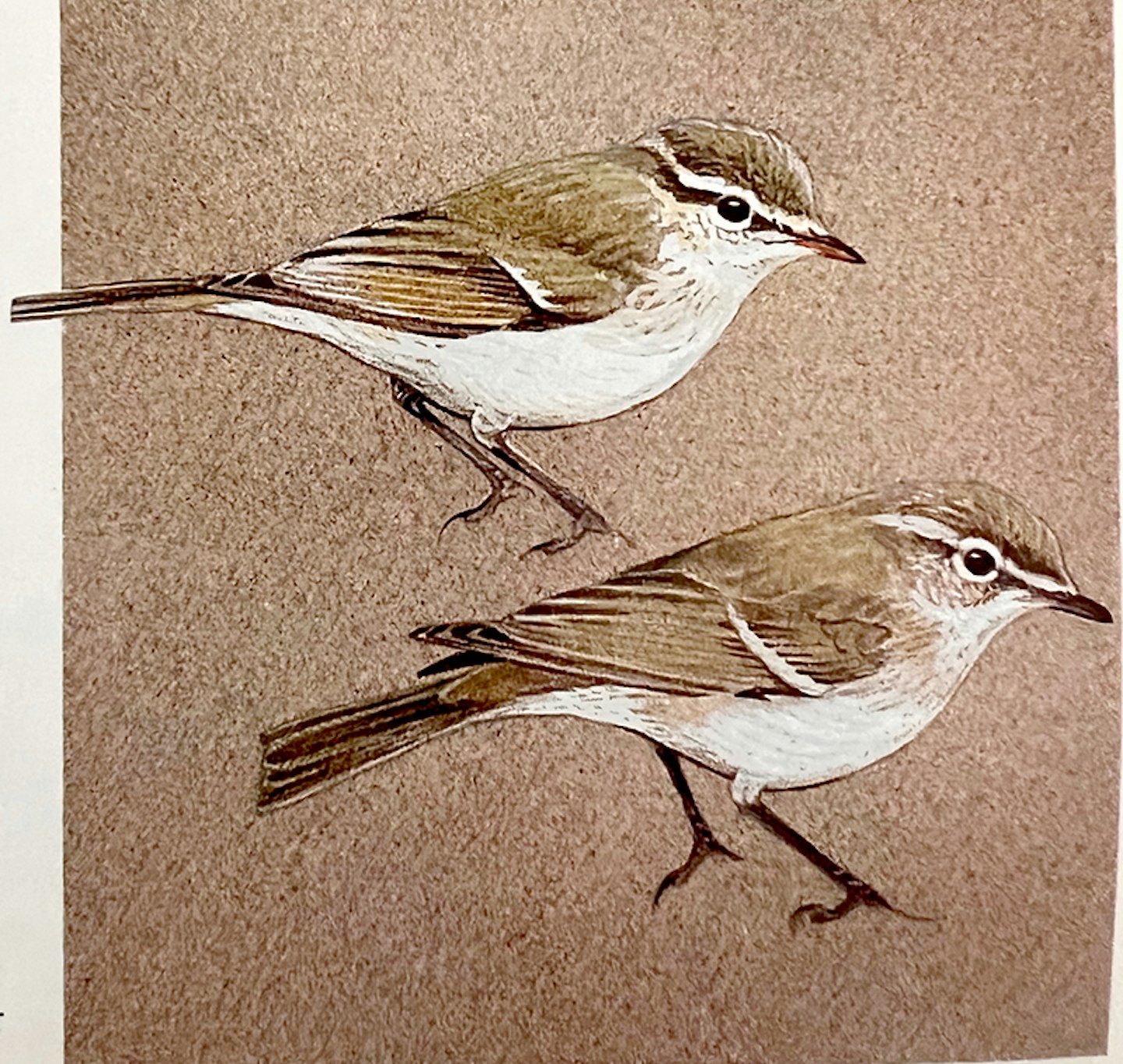
Getting close to birds
To beginners, a close approach to birds can seem incompatible with their reputation for taking fight. But, except for those (particularly wildfowl) which favour wide open habitats, birds are usually quite confiding and frequently stand their ground.
Add to their behaviour your own fieldcraft and you really don’t need to hobble about with one shoulder dragged down under a heavy telescope and several feet of tripod.
Sadly, very few introductions to birdwatching give fieldcraft more than passing reference. So, it is best to learn from a skilled practitioner. He or she can demonstrate in just one walk the essential tactics of a stalk. These are quietness, steady pace, use of cover and patience.
Use only these, keep the light behind or to one side, and lo and behold, most birds will show well. Once again, practice makes perfect – or nearly so.
When the horizon and the birds are far away I have to say that, without the help of a telescope, you may well waste your time. I return to this subject just below.
Running total £88.55
Costs of getting close [1992 prices]
Shoe leather say £5.00
Refreshment of ‘trained soldier,’ say £4.00
Running total £97.55
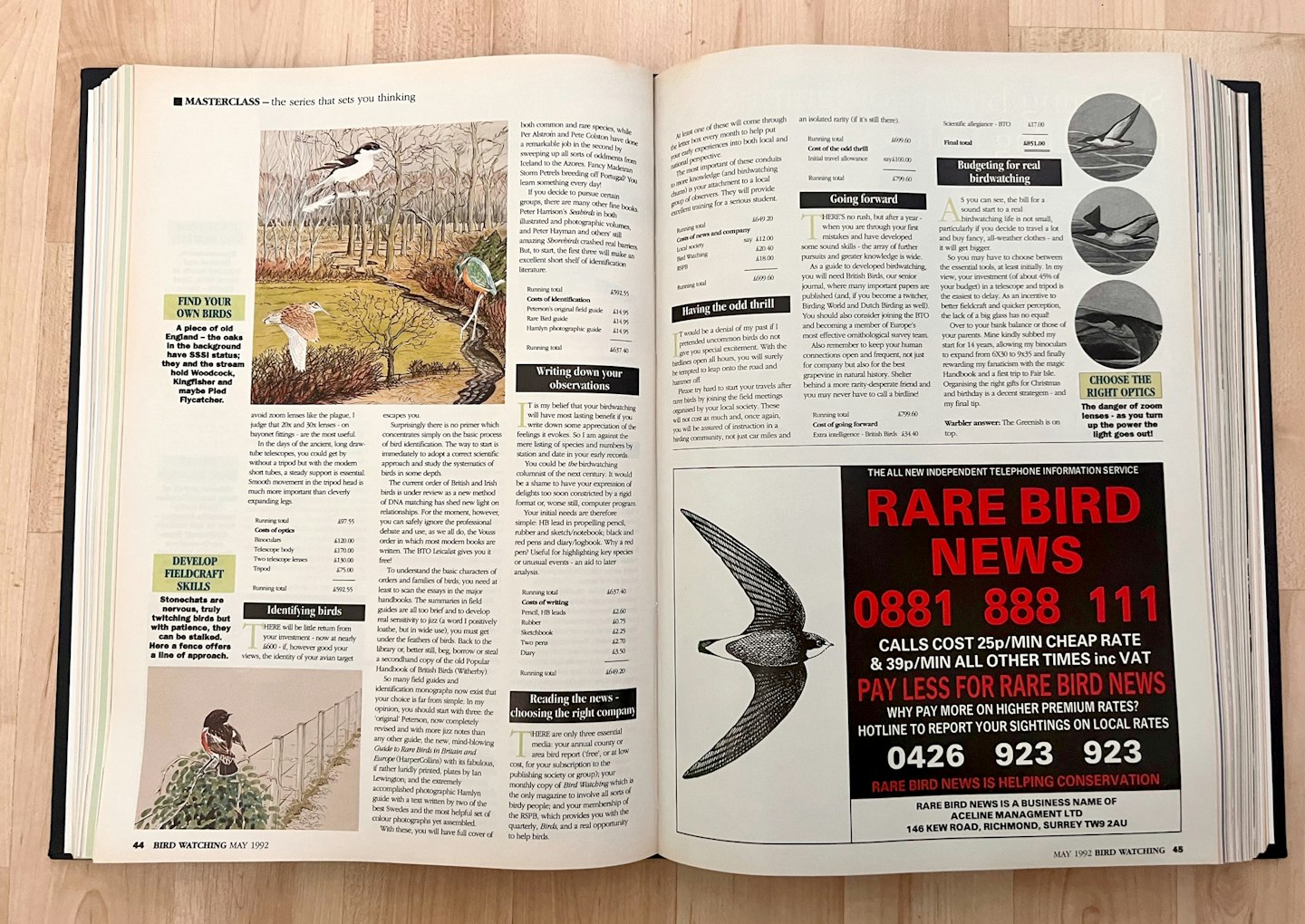
Choosing the right optics [referring to 1992 prices]
First, know your eyes; second, decide what kind of birdwatching you will do most; third, buy only the optics which fulfil your requirements.
Beware ‘competitive’ purchases of excellent, but usually very expensive, top models. It really is NOT necessary to keep up with the birding Joneses to see birds well.
My lady’s Minolta 10x40 EW, bought two years ago for $99.95, are a bit heavy but perform better optically then my own bins which would now cost around £600 to replace. I give this example in full because it is all too easy to be over-equipped or wrongly-invested in our hobby.
Testing your eyesight is important. Astonishingly, no scientist has tested human sight in the circumstances of bird observation, apart from a short queue of identification gurus who confused us all with arguments over size illusion.
I touched on some functions of vision in my ageing book Discover Birds and concluded it was crucial for every birdwatcher to define his or her sight limits. Aiming off for colour blindness is particularly important and coping with glasses or contact lenses will mean a careful choice of eyepiece form.
So take your time and ensure a comfortable fit or blend between your eyesight and additional optics. I have deep-set eyes and a stiff neck and very nearly got my Opticron purchase wrong by not testing my ‘sitting down’ line-of-sight through them.
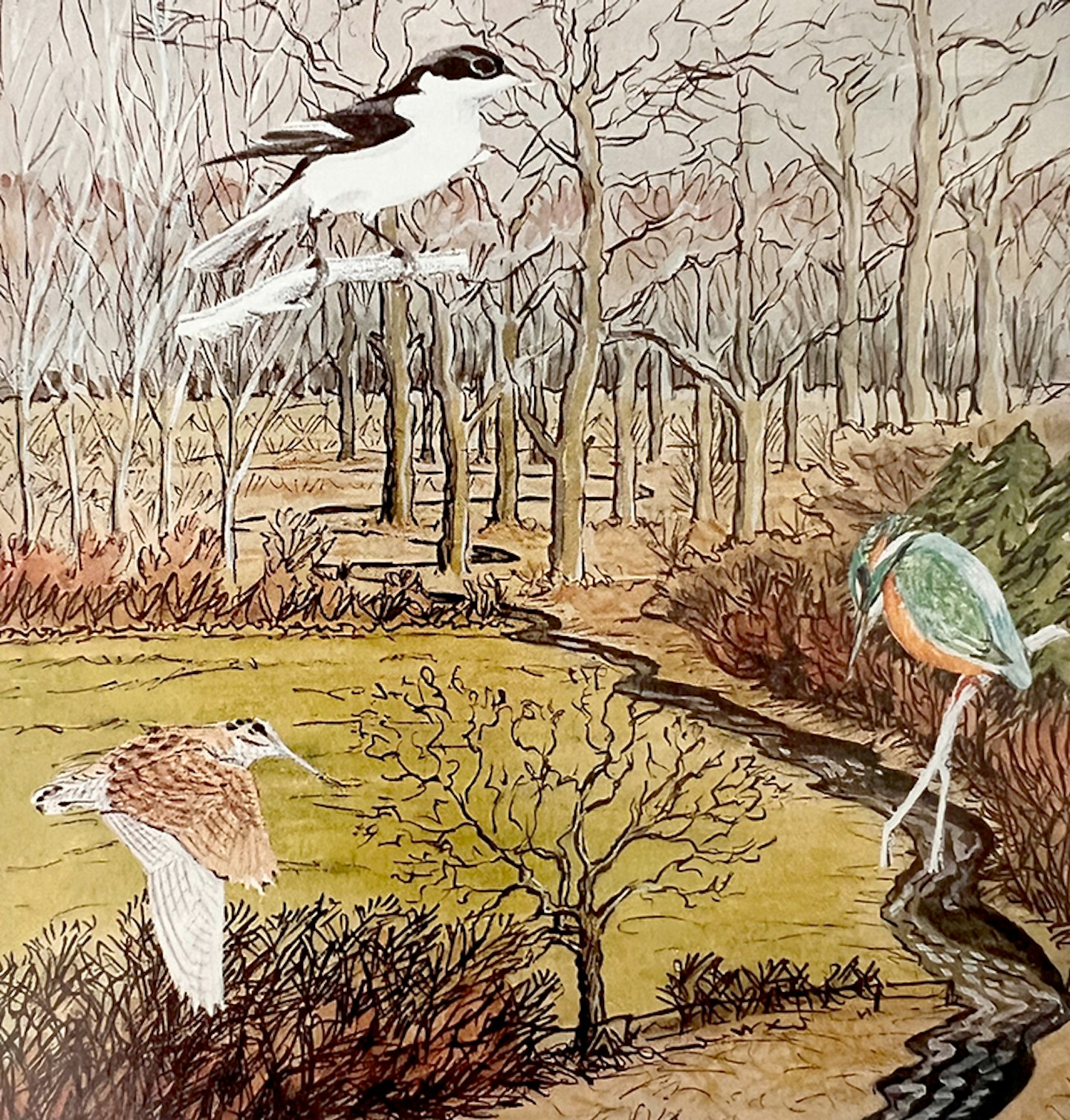
But I was lucky. Removing the rubber eyepieces got the lenses into my ‘eye-pits’ and not permanently stuck on my nose.
The golden rule in buying expensive glass is always to insist on field approval in the observing circumstances you have defined for it. Do not fall for the view out of the showroom window and remember, particularly, to check light-gathering performance in bad light as well as good. Look also for smooth focusing and complete waterproofing.
So much guidance on best buys has been published in Bird Watching that I shall not offer more. Suffice to say that a beginner should aim first at a binocular magnification of 8x to 10x and an exit pupil ratio of 3.5 to 4. Hence a range of 8x30 to 10×40 makes good starting sense. If you are going to spend time in woods, where depth of focus is handy, you may find 7x best.
Choosing the right telescope is more difficult. For seawatching, beware too much magnification. The preferable image brilliance and reasonable field of view can be found in the modern wide-angle lenses. For distant, usually static, wildfowl, greater magnification will make more sense. So several trials may be needed for you to decide on the right model. If you are going to sit down a lot, try the less-tiring, angled eyepieces.
From sneaky looks at my friends, who avoid zoom lenses like the plague, I judge that 20x and 30x lenses – on bayonet fittings – are the most useful.
In the days of the ancient, long draw-tube telescopes, you could get by without a tripod but with the modern short tubes, a steady support is essential.
Smooth movement in the tripod head is much more important than cleverly expanding legs.
Running total £97.55 [1992 prices]
Costs of optics
Binoculars £120.00
Telescope body £170.00
Two telescope lenses £130.00
Tripod £75.00
Running total £592.55
Identifying birds [1992 prices and state of play]
There will be little return from your investment – now at nearly £600 – if, however good your views, the identity of your avian target escapes you.
Surprisingly, there is no primer which concentrates simply on the basic process of bird identification. The way to start is immediately to adopt a correct scientific approach and study the systematics of birds in some depth.
The current order of British and Irish birds is under review as a new method of DNA matching has shed new light on relationships. For the moment, however, you can safely ignore the professional debate and use, as we all do, the Vouss order in which most modern books are written. The BTO Leica-list gives you it free!
To understand the basic characters of orders and families of birds, you need at least to scan the essays in the major handbooks. The summaries in field guides are all too brief and to develop real sensitivity to jizz (a word I positively loathe, but in wide use), you must get under the feathers of birds. Back to the library or, better still, beg, borrow or steal a secondhand copy of the old Popular Handbook of British Birds (Witherby).
So many field guides and identification monographs now exist that your choice is far from simple. In my opinion, you should start with three: the ‘Original’ Peterson, now completely revised and with more jizz notes than any other guide; the new, mind-blowing Guide to Rare Birds in Britain and Europe (HarperCollins) with its fabulous, if rather luridly printed, plates by lan Lewington; and the extremely accomplished photographic Hamlyn guide with a text written by two of the best Swedes and the most helpful set of colour photographs yet assembled.
With these, you will have full cover of both common and rare species, while Per Alstrom and Pete Colston have done a remarkable job in the second by sweeping up all sorts of oddments from Iceland to the Azores. Fancy Madeiran Storm Petrels breeding off Portugal? You leam something every day!
If you decide to pursue certain groups, there are many other fine books. Peter Harrison’s Seabirds in both illustrated and photographic volumes, and Peter Hayman and others’ still amazing Shorebirds crashed real barriers.
But, to start, the first three will make an excellent short shelf of identification literature.
Running total £592.55
Costs of identification [1992 prices]
Peterson’s original field guide £14.95
Rare Bird guide £14.95
Hamlyn photographic guide £14.95
Running total £637.40
Writing down your observations
It is my belief that your birdwatching will have most lasting benefit if you write down some appreciation of the feelings it evokes. So, I am against the mere listing of species and numbers by station and date in your early records.
You could be the birdwatching columnist of the next century. It would be a shame to have your expression of delights too soon constricted by a rigid format or, worse still, computer program.
Your initial needs are therefore simple: HB lead in propelling pencil, rubber and sketch/notebook; black and red pens and diary/logbook. Why a red pen? Useful for highlighting key species or unusual events – an aid to later analysis.
Running total £637.40
Costs of writing
Pencil, HB leads £2.60
Rubber £0.7
Sketchbook £2.25
Two pens £2.70
Diary £3.50
Running total £649.20
Reading the news – choosing the right company
THERE are only three essential media: your annual county or area bird report (free’, or at low cost, for your subscription to the publishing society or group); your monthly copy of Bird Watching which is the only magazine to involve all sorts of birdy people; and your membership of the RSPB, which provides you with the quarterly, Birds, and a real opportunity to help birds.
At least one of these will come through the letter box every month to help put your early experiences into both local and national perspective.
The most important of these conduits to more knowledge (and birdwatching chums) is your attachment to a local group of observers. They will provide excellent training for a serious student.
Running total £649.20
Costs of news and company [1992 prices]
Local society say £12.00
Bird Watching sub £20.40
RSPB £18.00
Running total £699.60
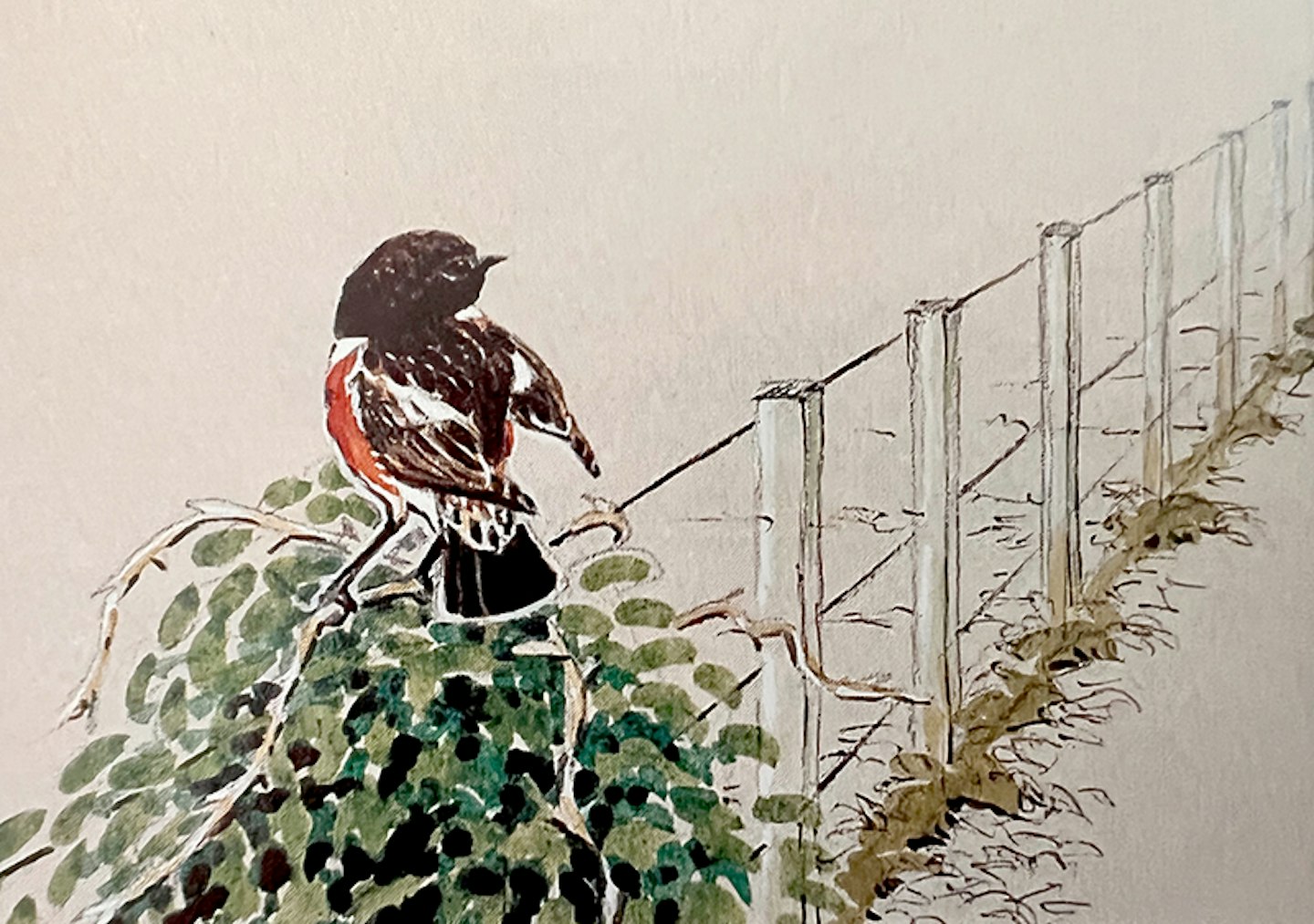
Having the odd thrill
It would be a denial of my past if I pretended uncommon birds do not give you special excitement. With the birdlines open all hours [and these days bird information apps and online sites], you will surely be tempted to leap onto the road and hammer off.
Please try hard to start your travels after rarer birds by joining the field meetings organised by your local society. These will not cost as much and, once again, You will be assured of instruction in a birding community, not just car miles and an isolated rarity (if it’s still there).
Running total £699.60
Cost of the odd thrill [1992 prices]
Initial travel allowance say £100.00
Running total £799.60
Going forward
THERE’S no rush, but after a year-when you are through your first mistakes and have developed some sound skills – the array of further pursuits and greater knowledge is wide.
As a guide to developed birdwatching, you will need British Birds, our senior journal, where many important papers are published (and, if you become a twitcher, Birding World and Dutch Birding as well).You should also consider joining the BTO and becoming a member of Europe’s most effective ornithological survey team.
Also remember to keep your human connections open and frequent, not just for company but also for the best grapevine in natural history. Shelter behind a more rarity-desperate friend and you may never have to call a birdline!
Running total £799.60
Cost of going forward [1992 prices]
Extra intelligence – British Birds £34.40
Scientific allegiance – BTO £17.00
Final total £851.00
Budgeting for real birdwatching
A you can see, the bill for a sound start to a real birdwatching life is not small, particularly if you decide to travel a lot and buy fancy, all-weather clothes – and it will get bigger.
So, you may have to choose between the essential tools, at least initially. In my view, your investment of about 45% of your budget in a telescope and tripod is the easiest to delay. As an incentive to better fieldcraft and quicker perception, the lack of a big glass has no equal!
Over to your bank balance or those of your parents. Mine kindly subbed my start for 14 years, allowing my binoculars to expand from 6x30 to 9x35 and finally rewarding my fanaticism with the magic Handbook and a first trip to Fair Isle. Organising the right gifts for Christmas and birthday is a decent stratagem – and my final tip.

Warbler answer: The Greenish is on top.
